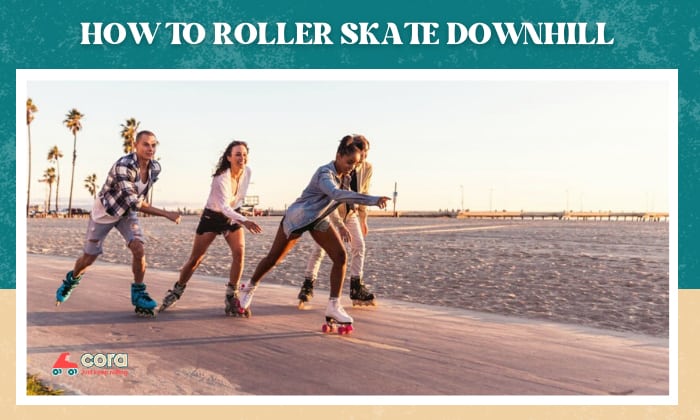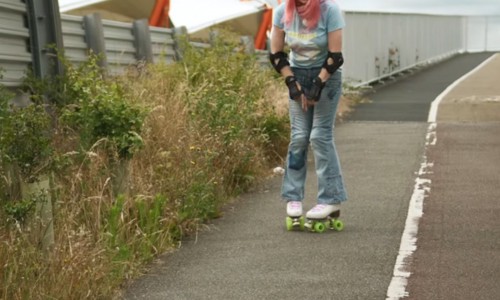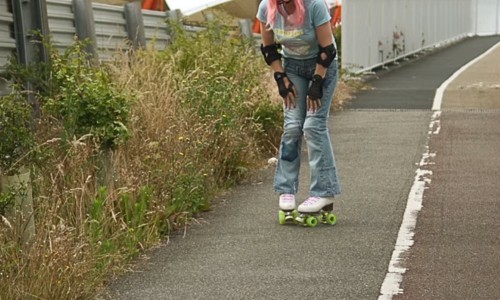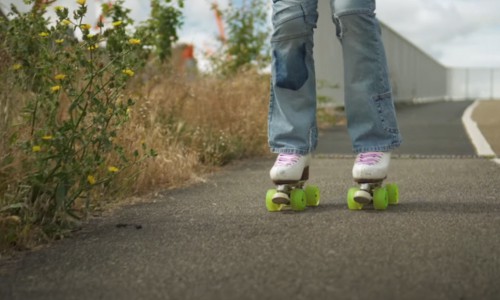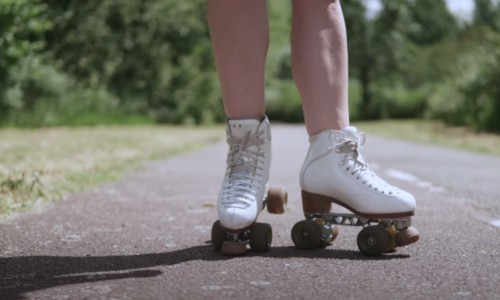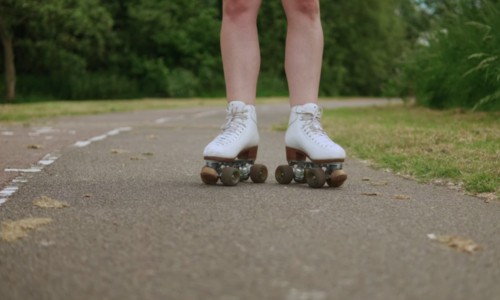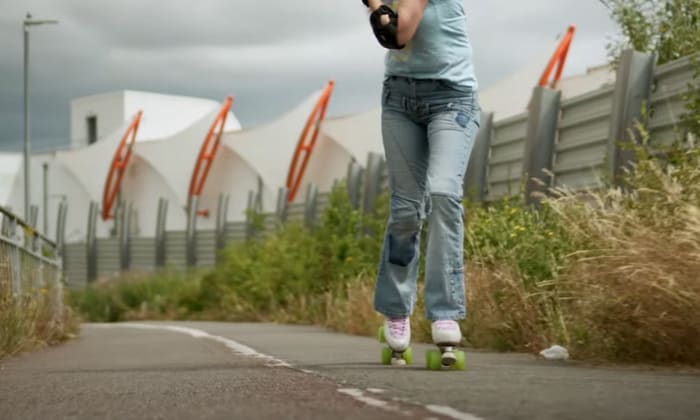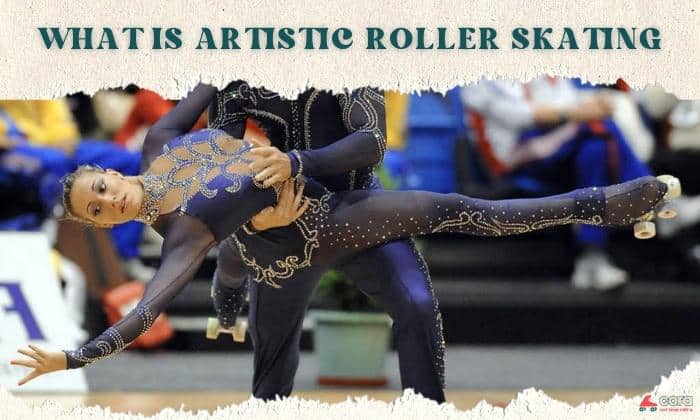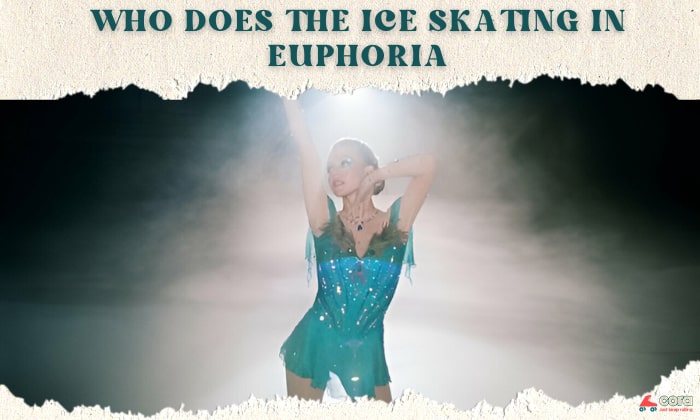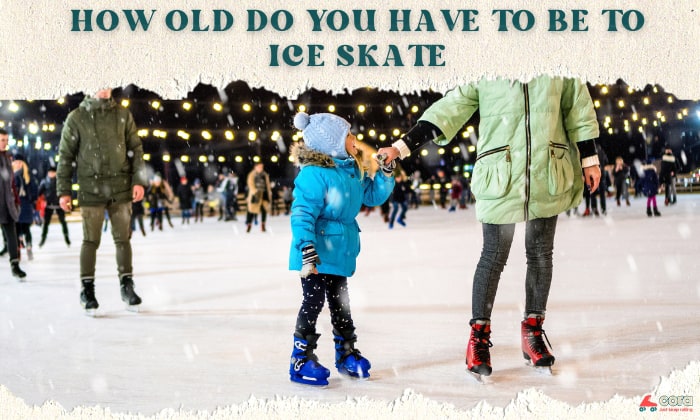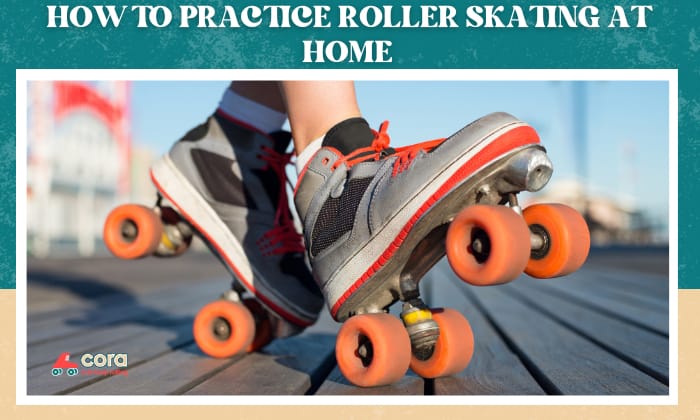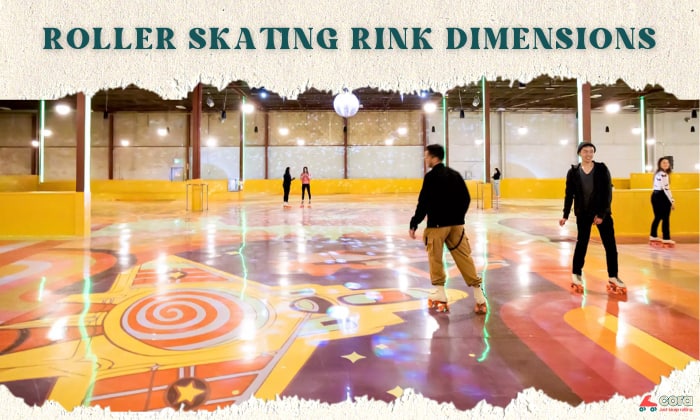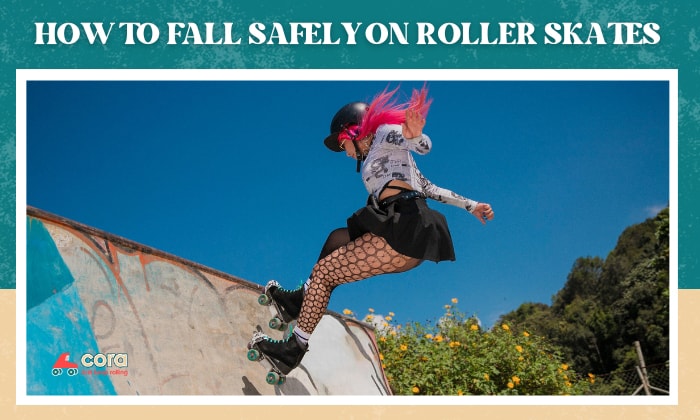Roller skating downhill is an exhilarating and challenging activity that requires a combination of skills to ensure a safe and enjoyable experience. But how to roller skate downhill?
In this guide, we will walk you through step-by-step instructions for skating downhill, including the essential skills and for-beginners tips on how to control your speed. This way, you can safely cruise downhill without any worries.
Page Contents
Go Downhill on Roller Skates: Steps & Tips for Roller Skating Downhill
Step 1. Staggered Stance
Before learning to roller skate downhill, you must first learn how to skate uphill. This will familiarize you with the form needed to travel up or down a sloping terrain. To make things easier, consider selecting a gentle slope first. And, of course, don’t forget your safety gear.
Begin by adopting a staggered stance, with one foot slightly in front of the other and your knees slightly bent. This will help you maintain a reasonable speed, maintain your stability, and easily slow down if necessary.
Step 2. Low Body Position
Keep your body low by bending your knees slightly and leaning forward a little bit. This lowers your center of gravity and increases stability, making it easier to navigate the downhill terrain.
Step 3. Heel Pressure
Apply pressure on your heels while rolling downhill. This technique helps you maintain control and prevent speeding up too quickly. You can turn your knees inward to grind the wheels further into the ground.
Step 4. Carving for Speed Control
Carving is a crucial technique for controlling speed while skating downhill. To carve effectively, follow these tips:
- While skating forward, slightly shift your body’s weight into the turn. Push yourself forward with your back foot and guide your turn with the front one.
Your foot placement matters when turning. To turn left, the left foot should be in front and vice versa.
- You don’t necessarily have to keep your front foot in contact with the ground at all times. In fact, you can slightly lift the front foot’s toe upward to make a tighter turn.
- Alternate turning left and right in a snake-like pattern.
Step 5: Stopping
When it comes to stopping on roller skates, you have two main options:
T-Stop:
This versatile and widely used stopping method permits you to gradually slow down and eventually come to a controlled stop. To execute the T-stop:
- Pick one foot from the ground and angle it perpendicular to the other skate.
- Position the heel of your lifted foot on the ground, creating a “T” with your skates.
- Apply gentle pressure to the ground with your heel, using it as a brake.
- Simultaneously use your arms for balance and counterforce.
Plow Stop:
The plow stop, also known as the “snowplow stop,” is another effective method for reducing speed and stopping smoothly. It’s particularly useful when you need to quickly slow down. To perform a plow stop:
- Position your feet in a wide V-shape, with the toes pointing outward and the heels together.
- Bend your knees and lower your body into a squatting position.
- Gradually apply outward pressure with your toes to create friction against the ground.
- Control the amount of pressure to achieve the desired speed reduction.
Roller Skate Downhill, Going Backward
Strange as it may sound, many people prefer skating downhill going backward, as this gives them more control over speed and doesn’t require a spacious area like carving does.
- Start off by getting into a staggered position and start skating forward.
- While gliding, turn to your dominant side. Remember to keep one foot on the front and the other on the back.
- Extend your arms, with one in front of you and the other in the direction you want to go.
- While gliding backward, your back and arms must be straight.
- To stop while going backward, grind the toestop of the back skate into the ground.
Essential Skills for Outside Downhill Skating
- Good Balance Skating Forwards And Backward: Mastering going forward/backward on roller skate wheels is essential for a controlled downhill experience.
- Pushing & Accelerating: Learn efficient techniques for pushing and accelerating to help you navigate downhill with confidence.
- Toe Stop: Practicing toe stops will allow you to come to a halt quickly, if necessary. This skill is crucial for maintaining control on steep descents.
- Turn-Around Toe Stop: Master the art of using a turn-around toe stop to change direction swiftly and smoothly.
- Other Techniques To Stop Roller Skates Downhill: Explore additional stopping techniques, such as the T-stop or plow stop, to have multiple options for speed control.
By diversifying your stopping techniques, you can tailor your approach based on the slope’s steepness, your speed, and your comfort level.
Conclusion
Roller skating downhill requires a combination of skills, techniques, and confidence. By adopting the steps in the guide on how to roller skate downhill, you can enjoy the thrill of downhill skating while maintaining control and safety.
Remember to practice the essential skills mentioned above to build your confidence and mastery in navigating steep descents!

Harrison is a skating enthusiast who picked up the sport during her student exchange years in Canada. She has been a skating coach for children and teens for 3 years and now holds classes as a freelancer. Harrison entwines her experience leading skating classes in the content published on Cora to help readers fall in love with skating, just like she did.


